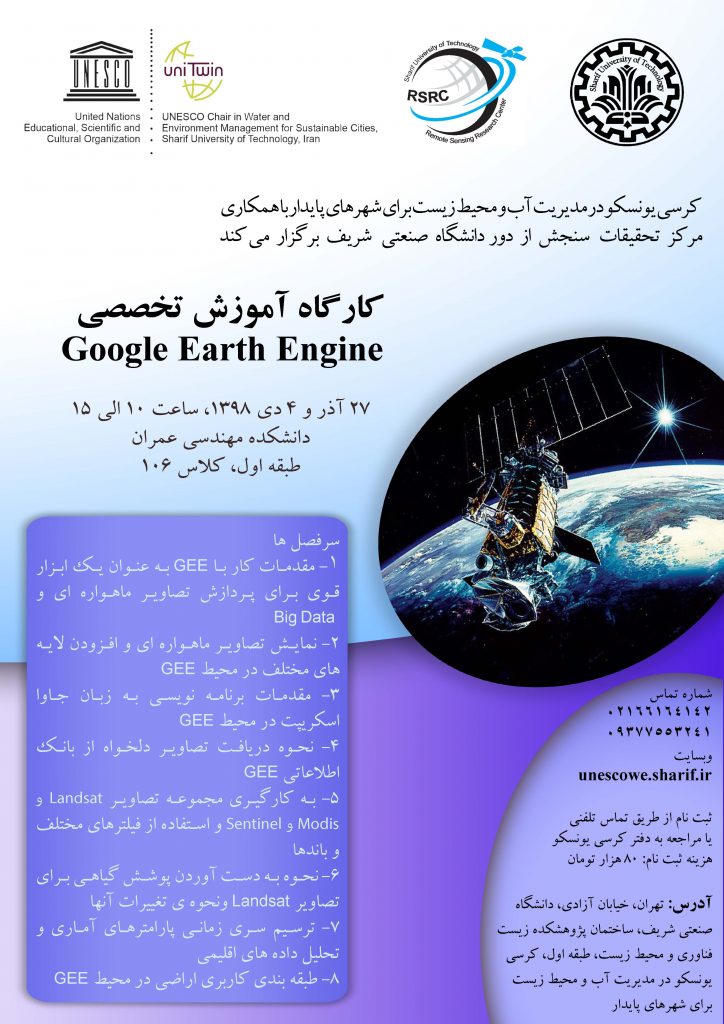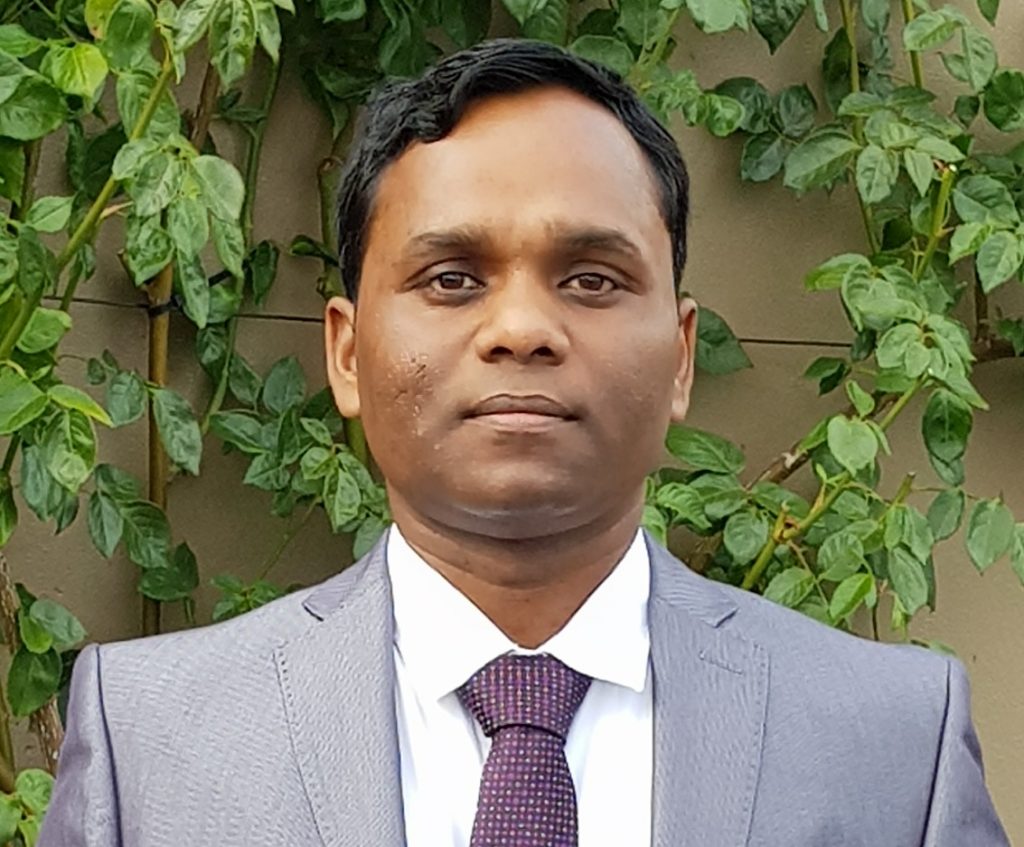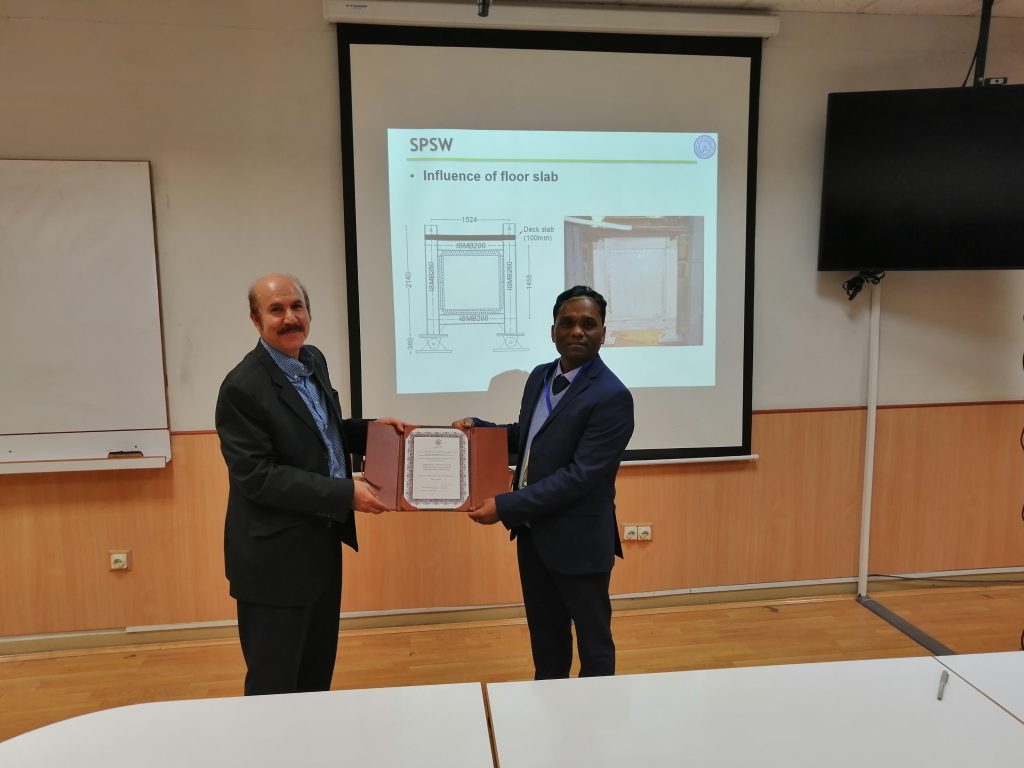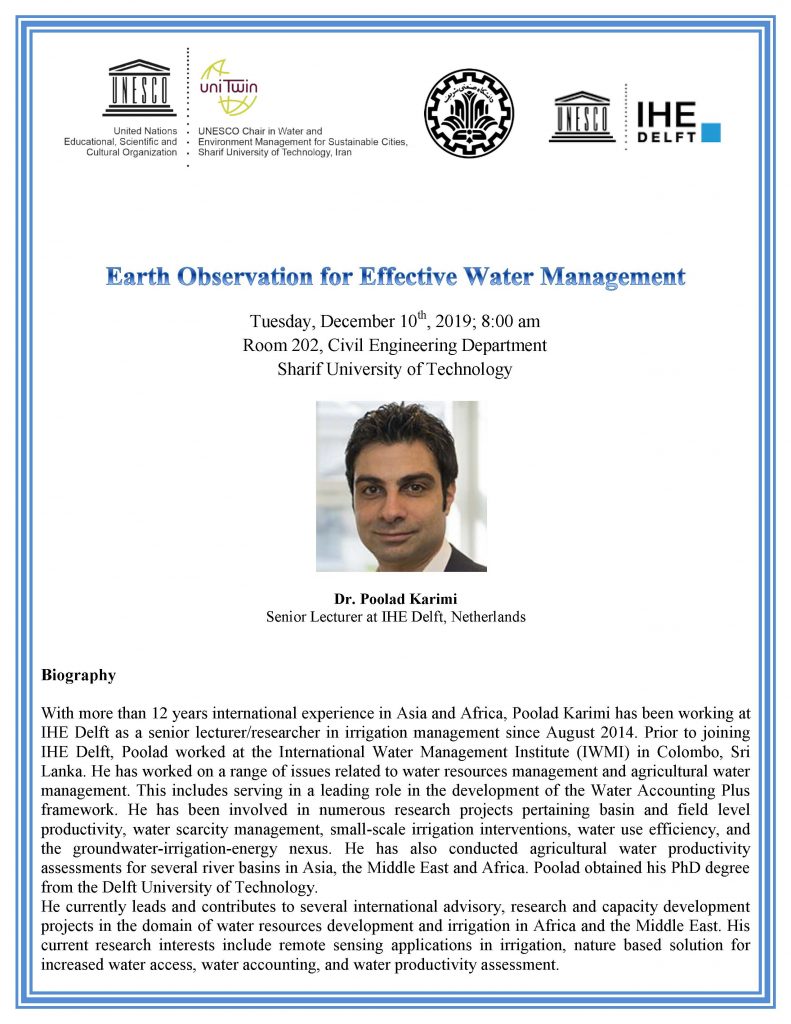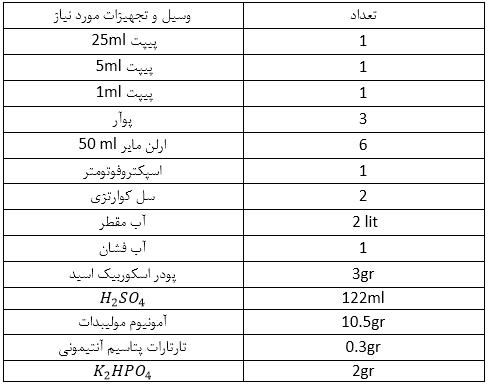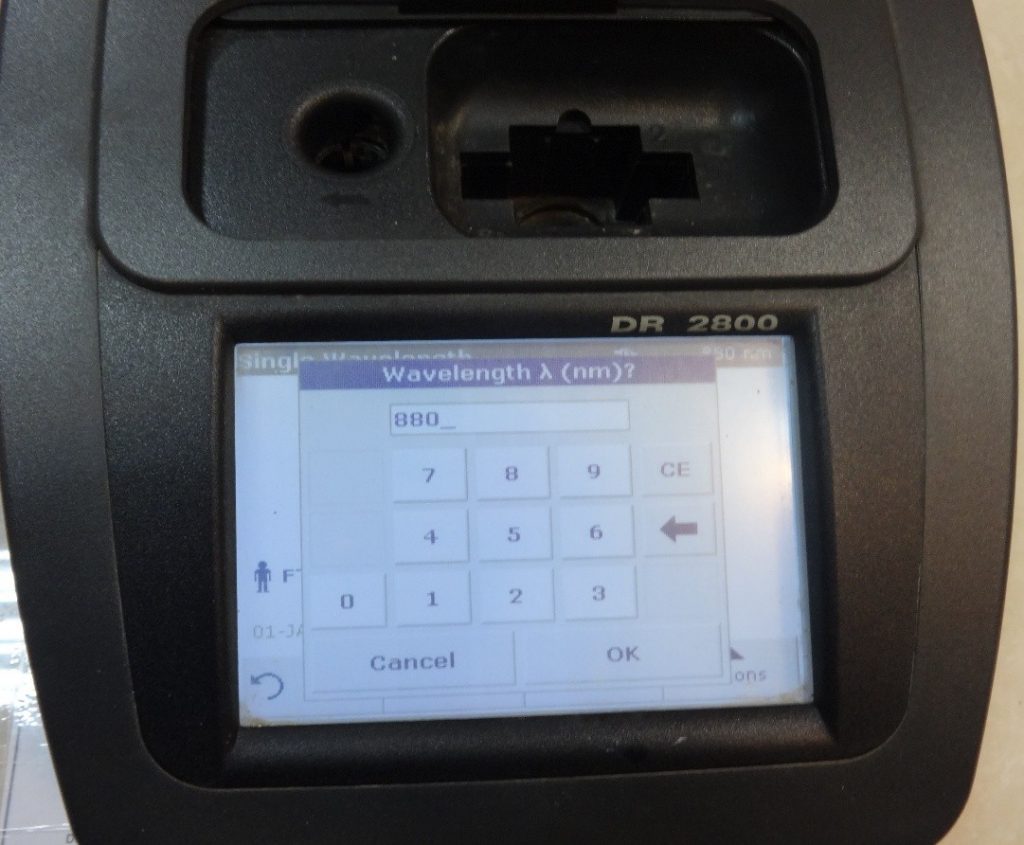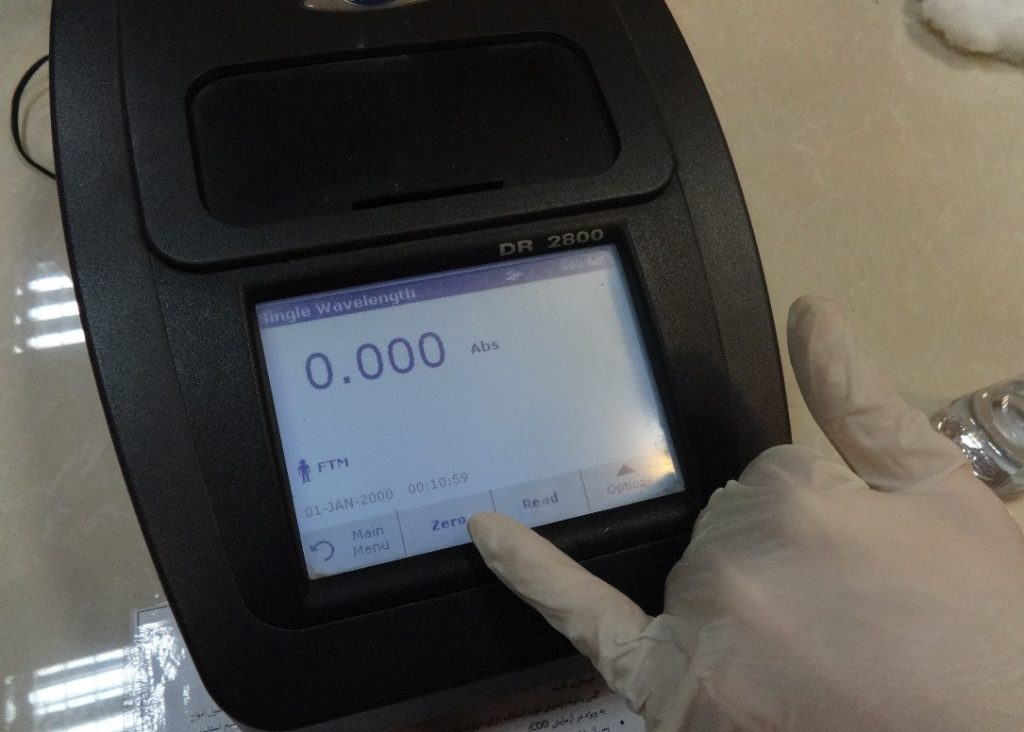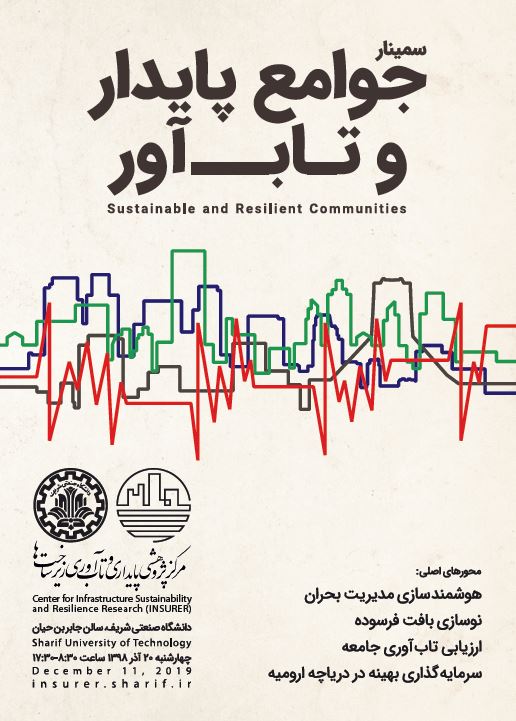Kianoosh Taghizadeh (University of Twente, NL – University of Stuttgart, DE)
k.taghizadehbajgirani@utwente.nl
(Hosted by Professor Pak)
Abstract: Complex mixtures with more than one particle species can exhibit enhanced mechanical properties, better than each of the ingredients. The interplay of soft with stiff particles is one reason for this. The focus of this work is the investigation of elastic and dissipative behavior of isotropic, dense, mixed (soft-stiff) assemblies. In particular, the attention is devoted to the effect of microscopic parameters (e.g. stiffness, friction, cohesion) on the macroscopic response (e.g. elastic moduli, attenuation). The research methodology combines experiments, numerical simulations, theory. The study of wave propagation in granular materials allows inferring many fundamental properties of particulate systems such as effective elastic and dissipative mechanisms as well as their dispersive interplay. Measurements of both phase velocities and attenuation provide complementary information about intrinsic material properties. Soft-stiff mixtures, with the same particle size, tested in the geomechanical laboratory, using a triaxial cell equipped with wave transducers, display a discontinuous dependence of wave speed with composition. The diffusive characteristic of energy propagation (scattering) and its frequency dependence (attenuation) are passed into a reduced-order model, a master equation devised and utilized for analytically predicting the transfer of energy across a few different wavenumber ranges, in a one-dimensional chain.
Bio: Kianoosh completed his B.Eng degree in mechanical engineering at Malek-Ashtar University of Technology, Iran. He received his M.Sc degree in Computational Materials Science from Technical University Bergakademie Freiberg, Germany, where he worked with the applied mechanics and solid mechanics group chaired by Prof. Meinhard Kuna.; and his master thesis was awarded the DAAD prize. After completing his master studies, he received a Marie Curie fellowship for his Ph.D in the multi-scale mechanics group, Faculty of Engineering Technology (ET), chaired by Prof. Stefan Luding at the University of Twente, Netherlands. His interests in granular materials evolved from his dissertation research on “Elasticity and Wave Propagation in Particulate Systems”. Currently, he has been engaged in developing models to describe their static and dynamic behaviour of granular systems as a post-doc fellow (funded by DFG-Schwerpunktprogramm- SPP 1897), in the Continuum Mechanics group, faculty of Civil and Environmental Engineering, at the University of Stuttgart, Germany, chaired by Prof. Holger Steeb.
Monday, 9/10/1398, 12:00-13:00 p.m., Room 202, Civil Engineering Department

